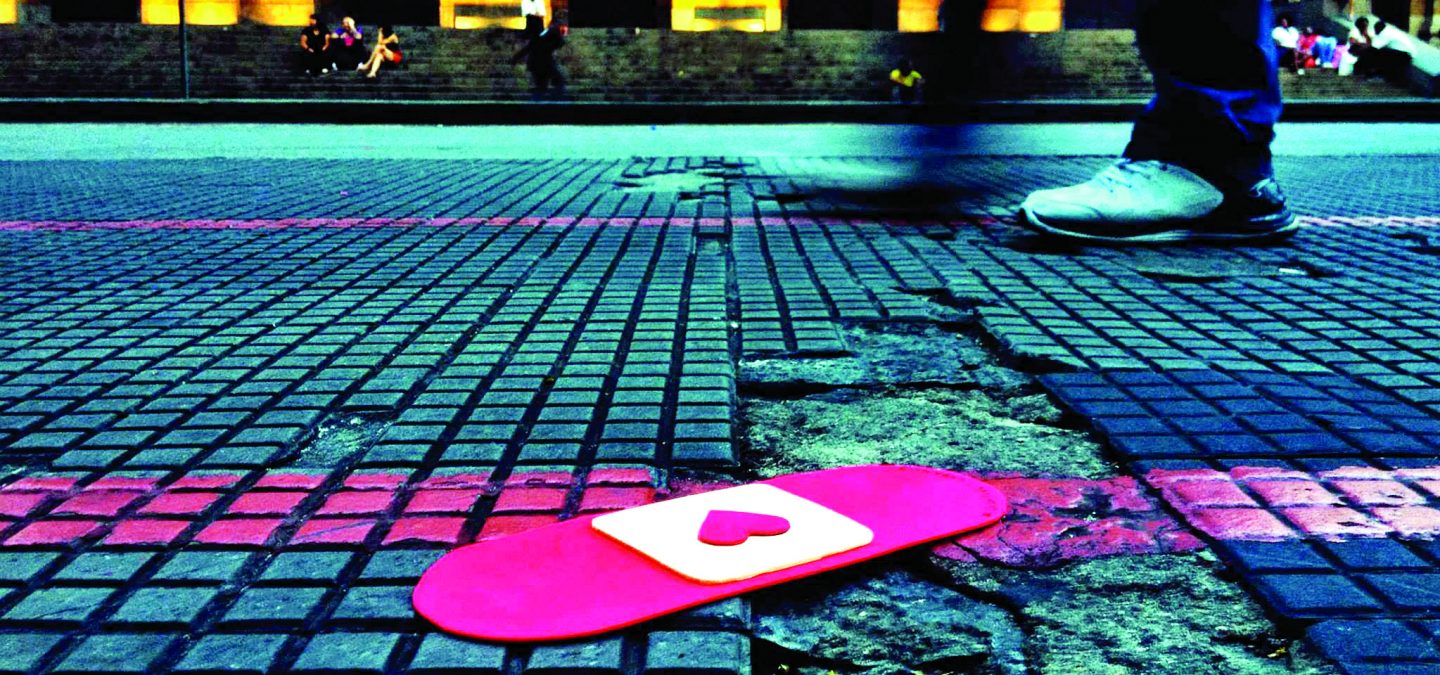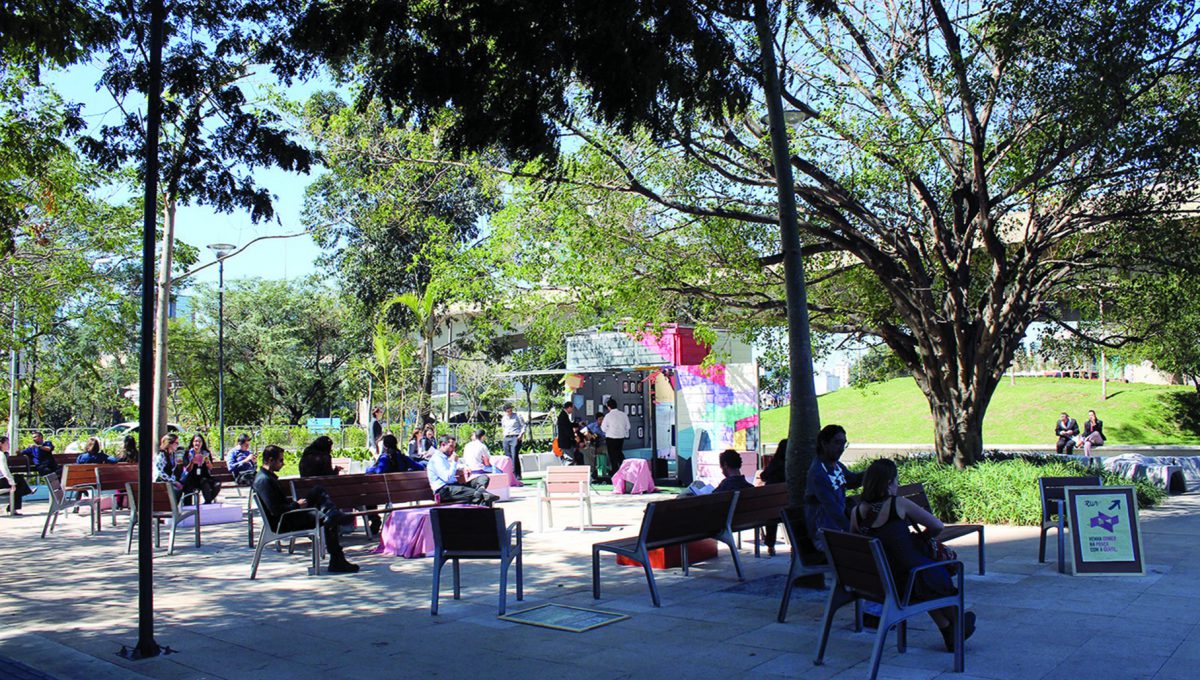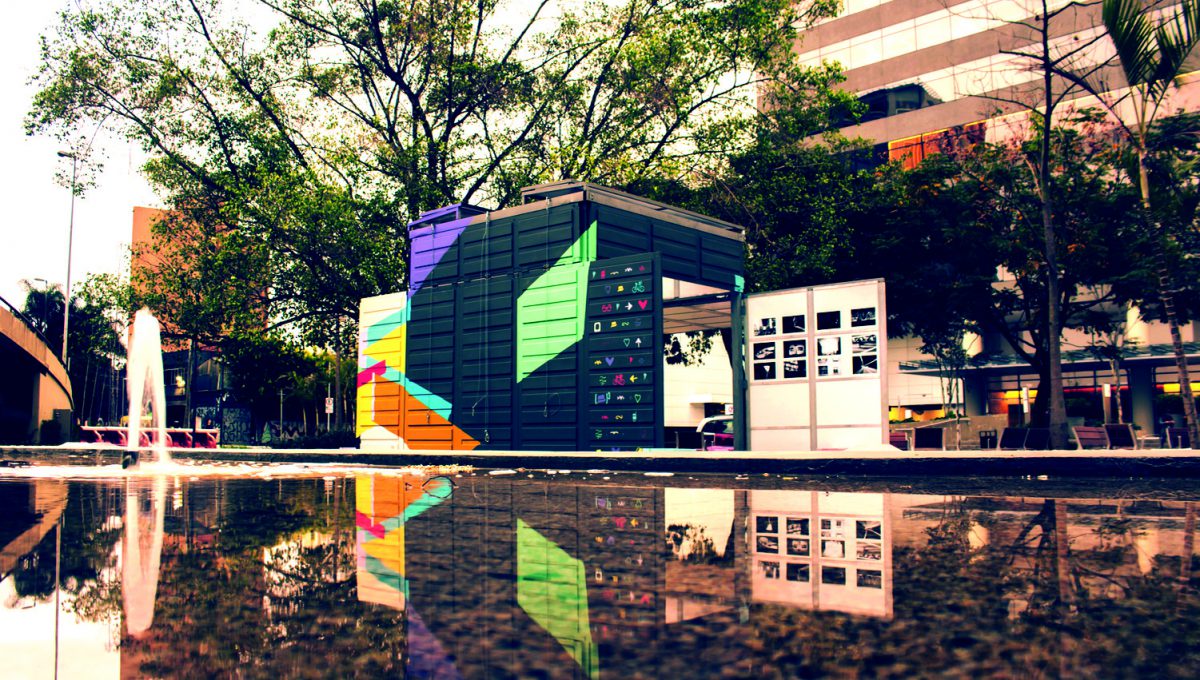
Keep up with our latest news and projects!

My vision of a great public space is a place where people feel good and safe, and where they want to stay a bit longer. But I shouldn’t define how a great public place must be. Only the people who live and work in the vicinity of the space can define that.
What is good for one city or neighbourhood might not be good for another. That may be the reason we see so many underused public spaces or dead zones in our cities: they were created without the community’s opinion and participation. In this context, placemaking is a solution. Placemaking is a process that transforms any public space into a place that meets the community needs and desires, inviting people to live the city, connect to each other, and be healthier and happier.
To understand the needs and desires of a community we need to engage people at the start of the process. There are plenty of ways to engage people (Project for Public Spaces and People Make Parks have great tools). But engaging the community may not be an easy task, especially in cultures where volunteering and participation in social and political issues are not common, as in some Brazilian regions. In Brazil, people are joyful and they want to have fun, so we wanted to create a joyful and fun way of discussing important urban issues and engaging people in the creation of public spaces. We conduct our activities under the name of Bela Rua—our non-profit organization in Brazil that studies the life of public spaces to develop urban projects and solutions focused on people’s behaviour, desires, and needs.
Sidewalks of Sao Paulo are full of holes, cracks, steps and other obstacles. In 2012, the Clinical Hospital of the city revealed that of those visiting the hospital for injuries, 18% of those visits are due to injuries from falling on sidewalks. Unfortunately, it wasn’t a subject that interested the media or the citizens. To drive attention to the problem, we created Curativos Urbanos (Urban Bandages), a campaign that used giant coloured Band-aids to signal holes and other “bruises” on sidewalks. During one month, the project captured loads of attention on at least five TV channels, four newspapers, three magazines, two radio stations, and lots of blogs and websites. Also, citizens in ten other Brazilian cities, Rome, and Paris replicated the project. In Sao Paolo, those responsible for sidewalk maintenance are the owners of the properties adjacent to that piece of the sidewalk (rather than the municipality). Many of them don’t know of their responsibility, so our project alerted and informed them. And several ‘bruises’ were even fixed!
In order to transform underused public spaces into inspiring active places for people, we tried different approaches to understand the community’s needs and desires. But when people were asked about a space, they couldn’t imagine themselves creating anything nicer there. They just didn’t think of a public space as a great place for people.
So Bela Rua created a method, or product rather, that shows people examples of different uses for the space, observes how people react to new activities, and inspires people to contribute to new ideas. We call it (RUA)3, or Street Cubed. (RUA)3 is a moveable cube that temporarily transforms any public space into a place full of art, play and fun. From inside the cube, we can take out benches, games, musical instruments and anything needed to offer new uses or activities in the space. After installed, the cube is the base for all kinds of activities, such as concerts, karaoke, yoga classes, art exhibitions, games for all ages, movie sessions, creative workshops, and more. It’s also an opportunity for local artists and businesses to promote their work and services.
Throughout the cube experience, Bela Rua observes and analyses how many people use the space, who they are, and which activities attract people the most. We also conducted research by installing interactive posters where people wrote their needs and wants in the public space. After the cube has been implemented, a report was prepared suggesting permanent solutions for the place based on an analysis of the project. In 2014, this project was implemented in São Paulo, Brazil, with measurable results. The fun activities drove the community’s attention to the underused square and showed people examples of different uses for the space. It also helped us approach and understand the community’s needs and wishes, through research and interactive panels for people to write their ideas to improve the square. The most impressive result: on a Saturday night, one jazz concert was responsible for a nearly 15,000% increase in the number of people in the public space.
 Sao Paulo, Brazil
Sao Paulo, Brazil
 The cube, Sao Paulo, Brazil
The cube, Sao Paulo, Brazil
Interested? Join The City At Eye Level and share your story!
Discover moreNumber one is to approach and understand the community needs and wishes. As Fred Kent always says, “People are the experts!”
Number two is to test ideas. Feel free to experiment. It’s key to observe the interaction between the people and the intervention. Our blackboard panels allow people to leave feedback on what they like and what is missing.
Number three: make it a fun process. We are working on more projects using a joyful and fun approach to be certain of its effectiveness. If we sometimes use art and humour for fun, why not use them to improve urban life